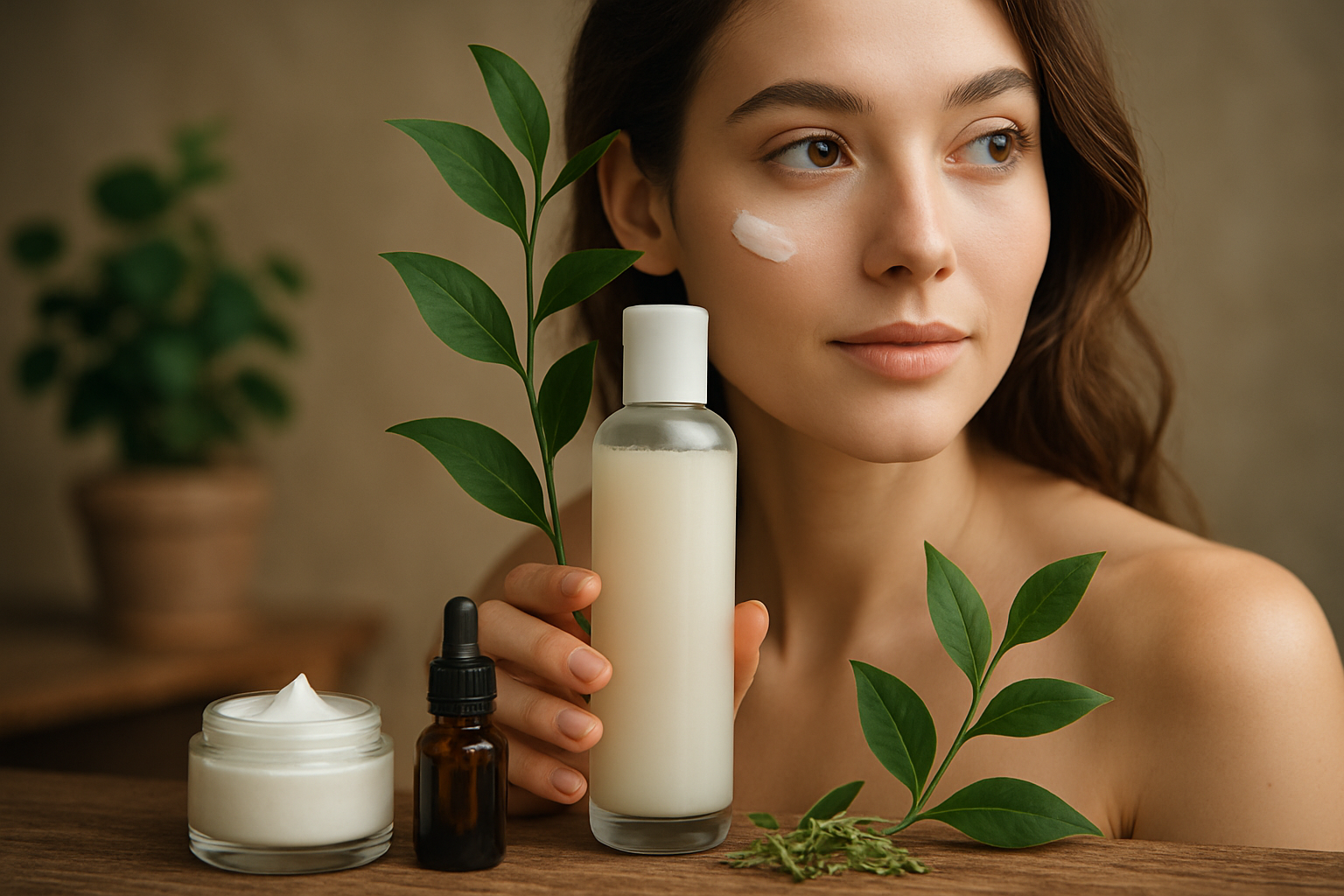The Resurgence of Clean Beauty in Modern Skincare
Clean beauty has emerged as a powerful force in the skincare industry, reshaping consumer preferences and product formulations alike. This movement, which emphasizes natural ingredients and transparent manufacturing processes, has gained significant traction in recent years. As consumers become increasingly conscious of what they put on their skin, clean beauty has evolved from a niche trend to a mainstream phenomenon. The shift towards clean beauty products reflects a broader societal focus on health, wellness, and environmental sustainability. This article explores the origins, current landscape, and future prospects of clean beauty in skincare, examining its impact on both consumers and the beauty industry as a whole.

Clean beauty initially emerged as a response to the lack of regulation in the cosmetics industry. In the United States, the Food and Drug Administration (FDA) has limited oversight over cosmetic products, with many ingredients remaining untested for long-term safety. This regulatory gap prompted consumers to seek out products with simpler, more transparent formulations.
Defining Clean Beauty
While there is no universal definition of clean beauty, it generally refers to products that are formulated without potentially harmful ingredients. Common exclusions include parabens, sulfates, phthalates, and synthetic fragrances. Clean beauty brands often emphasize natural, plant-based ingredients and sustainable packaging.
However, the lack of a standardized definition has led to some confusion and controversy within the industry. Some critics argue that the term “clean” is misleading, as it implies that other products are inherently “dirty” or unsafe. Others point out that natural ingredients are not always safer or more effective than synthetic ones.
The Science Behind Clean Beauty
Despite the controversy, many clean beauty products are backed by scientific research. Advances in green chemistry have led to the development of safer, more effective natural ingredients. For example, plant-based hyaluronic acid and bakuchiol (a natural retinol alternative) have gained popularity in clean skincare formulations.
Clean beauty brands often invest heavily in research and development to ensure their products meet both safety and efficacy standards. This focus on science has helped to dispel the notion that natural products are less effective than their conventional counterparts.
The Impact on the Beauty Industry
The rise of clean beauty has had a profound impact on the beauty industry as a whole. Established brands have been forced to reevaluate their formulations and manufacturing processes in response to consumer demand for cleaner products. Many have launched clean beauty lines or reformulated existing products to remove controversial ingredients.
This shift has also led to increased transparency in ingredient sourcing and manufacturing. Clean beauty brands often provide detailed information about their supply chains and production methods, setting a new standard for industry transparency.
Consumer Perceptions and Behavior
Consumer interest in clean beauty has grown significantly in recent years. A 2019 survey by NPD Group found that 46% of women actively seek out clean beauty products. This trend is particularly pronounced among younger consumers, with millennials and Gen Z showing the strongest preference for clean and natural skincare options.
The clean beauty movement has also influenced consumer behavior beyond product selection. Many clean beauty enthusiasts adopt a more holistic approach to skincare, emphasizing diet, lifestyle, and overall wellness in addition to topical products.
Challenges and Criticisms
Despite its popularity, the clean beauty movement faces several challenges. One major issue is the potential for greenwashing, where brands make misleading claims about the natural or eco-friendly nature of their products. This has led to increased scrutiny from consumers and regulatory bodies alike.
Another challenge is the higher cost often associated with clean beauty products. The use of natural ingredients and sustainable packaging can drive up production costs, making these products less accessible to some consumers.
Critics also argue that the clean beauty movement sometimes promotes fear-mongering about conventional cosmetic ingredients, despite a lack of scientific evidence supporting these claims. This has led to calls for more balanced, evidence-based discussions about ingredient safety and efficacy.
The Future of Clean Beauty
As the clean beauty movement continues to evolve, several trends are likely to shape its future. One is the increasing focus on sustainability, with brands exploring innovative packaging solutions and carbon-neutral production methods. Another is the growing interest in biotech ingredients, which offer the benefits of natural ingredients with improved stability and efficacy.
Regulatory changes may also play a role in the future of clean beauty. In the United States, proposed legislation such as the Personal Care Products Safety Act aims to increase FDA oversight of cosmetic ingredients, potentially bringing more clarity to clean beauty claims.
Conclusion
The clean beauty movement has fundamentally changed the skincare landscape, influencing product formulations, brand transparency, and consumer behavior. While challenges remain, the continued growth of this segment suggests that clean beauty is more than just a passing trend. As the movement evolves, it is likely to drive further innovation in the beauty industry, potentially leading to safer, more sustainable products for all consumers.




